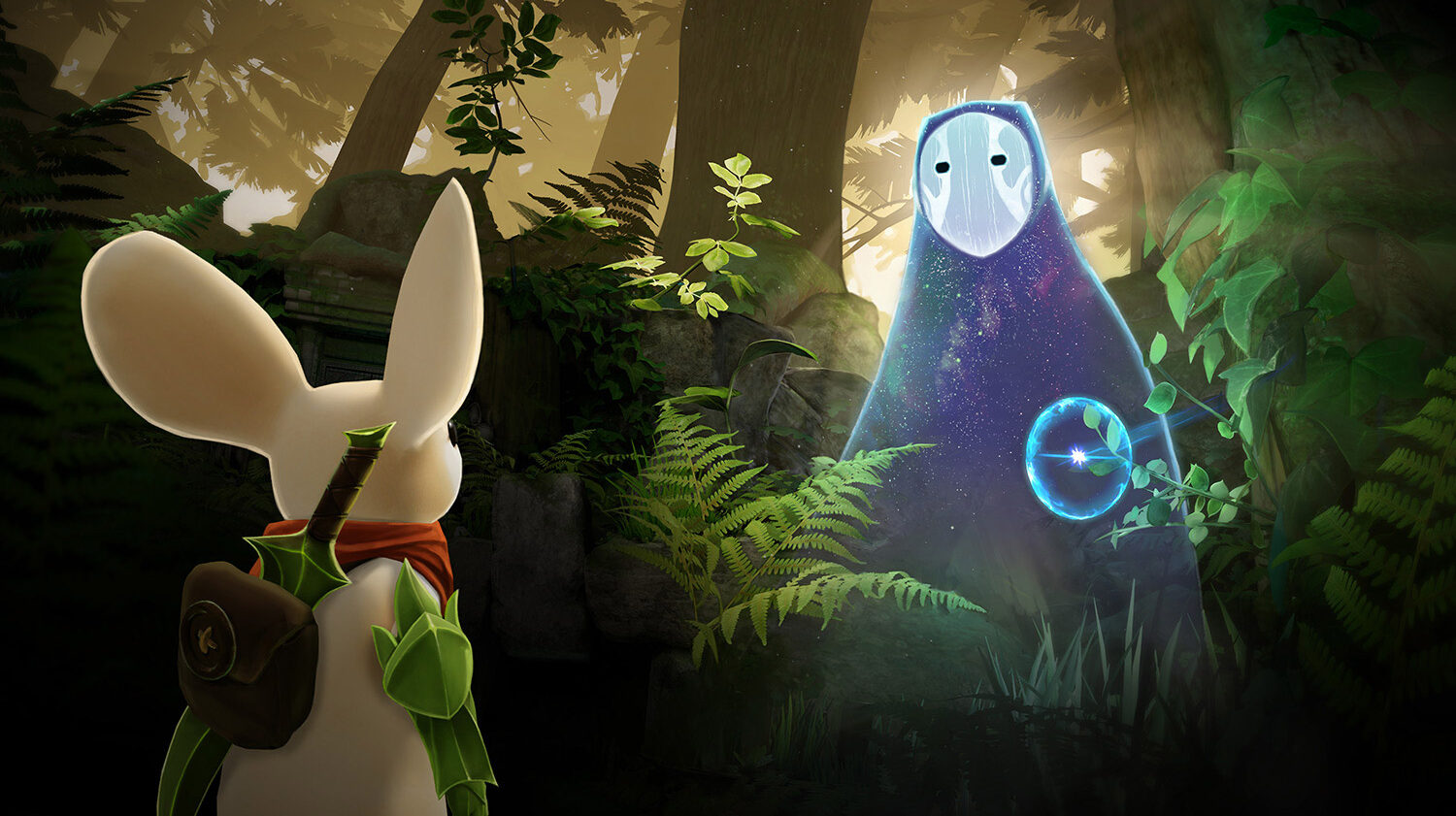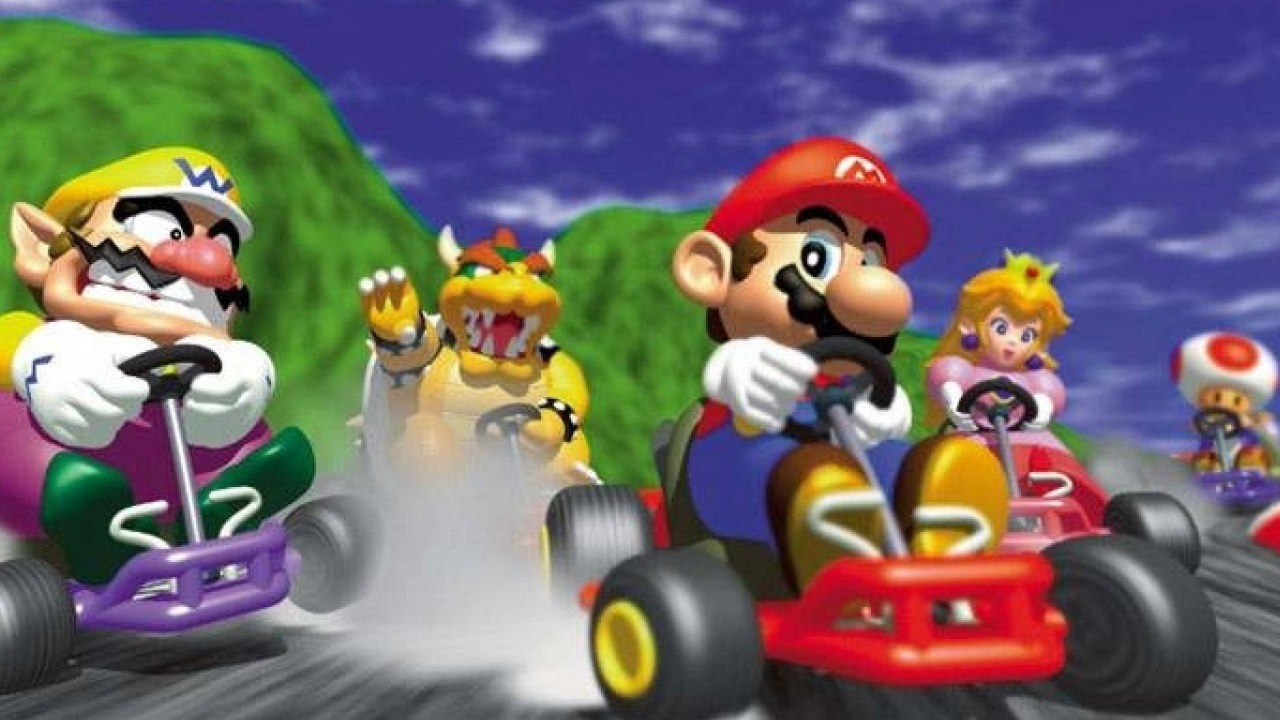Share
Given the sheer depth of Capcom’s arcade library, it’s a shock to realize it doesn’t actually make retro collections all that often. The last one was in 2013, almost exactly eight years ago, under the umbrella title of Capcom Arcade Cabinet for PlayStation 3 and Xbox 360.
It came off as a little cynical back then, as most of the big names in the Capcom back catalogue, like Marvel Super Heroes or Final Fight, got their own solo packages. They were usually coupled with some random other game like Magic Sword, then sealed together with an obnoxiously gamified UI.
By comparison, the Arcade Cabinet felt like the Island of Misfit Toys. It’s got a couple of genuine classics like Ghosts ‘n Goblins and GunSmoke just to get (old) people in the door, but felt like a no-frills cash grab even by that console generation’s standards.
2021’s Capcom Arcade Stadium for the Switch, on the other hand, feels like it’s had some work put into it. Capcom’s used the RE Engine to create a virtual Japanese video arcade, packed shoulder to shoulder with games from 1984 through 2001, each of which is presented in a series of customizable cabinets.
Each game is a smoothly-coded emulation of its original arcade version, and you can switch between American and Japanese ROMs with the touch of a button. It’s got all the now-standard bells and whistles for arcade emulation, including multiple nostalgia visual filters, the ability to spin the screen orientation, new manuals as part of each game’s documentation, online leaderboards, and a strange pseudo-achievements system called Triumphs that seems to be encouraging you to turn Arcade Stadium into a lifestyle choice for the next six months.

The various gamification systems that surround the games in Arcade Stadium are thorough enough that I wonder if this project started as something else, like the UI for a specialized piece of hardware. I would, admittedly, pay for a “Capcom Mini” desktop machine, but maybe that’s just me.
You can download the basic version of Arcade Stadium for free from the Nintendo eShop, which comes with the 1987 schmup 1943: The Battle of Midway. (Because there’s nothing quite like playing a Japanese game on Japanese hardware that’s ostensibly about a historic Japanese defeat. If there’s a more purely masochistic schmup than 1943, I’m not sure I want to hear about it.) Once you’ve installed the game, you can also go back to the eShop and download the original arcade version of the notorious Ghosts ‘n Goblins (1985), just to get your expectations right for its remake later this year.

From there, the other 30 games can be purchased individually in packs of 10 for $14.99 each, sorted by time period; you can also buy all 30 at once for a slight discount of $40. It initially struck me as being somewhat off, particularly since most of the trailers for Arcade Stadium until now didn’t mention the pricing, but after playing for an afternoon, I can honestly say that at least the third pack is worth the cost of entry.
The 1984 to 1988 period, “Dawn of the Arcade,” includes Capcom’s first arcade game, Vulgus, with 1942, Commando, Section Z, Trojan, Legendary Wings, Bionic Commando, Forgotten Worlds, Pirate Ship Higemaru, and Ghouls ‘n Ghosts. While there’s a lot here for historians and collectors, it might be the most skippable of the packs; this collection’s riding higher on nostalgia than the other two, although Bionic Commando and Legendary Wings are worth having on hand.

In “Arcade Revolution,” covering 1989 to 1992, things get a little more interesting. The original Street Fighter II (1991) is in here, along with Final Fight (the only game in the original trilogy that was actually an arcade game; both FF2 and 3 were made specifically for the SNES) and Captain Commando and the 1989 arcade version of Strider. The rest of the pack, however, is relatively obscure, including Dynasty Wars, Varth: Operation Thunderstorm, Carrier Air Wing, 1941: Counter Attack, Mercs (which is Commando II in all but name), and Mega Twins. You can really see the post-Rambo action landscape kicking into high gear here, as well as the continued evolution of schmups into what eventually would become “bullet hell,” but Strider, Final Fight, and Captain Commando are arguably worth the price of admission by themselves.
The 1992-2001 pack, “Arcade Evolution,” might be the single best buy of the lot. It does commit a slight misstep by including the original arcade version of 1995’s mecha-powered fighting game Cyberbots; most of what everyone remembers about Cyberbots is Devilotte, the evil princess/mech pilot who later showed up in multiple Capcom crossover games, and she’s exclusive to the 1997 PlayStation/Saturn Japanese port. Even so, Cyberbots is one of the hidden gems in Capcom’s fighting game collection, and it’s cool to finally get any kind of official English version of it.

Beyond that, the “Arcade Evolution” pack has two more versions of Street Fighter II, including 1994’s SSF2 Turbo, as well as some classic, rare beat-’em-ups: Warriors of Fate, Battle Circuit, and Armored Warriors. This also marks Capcom’s full step forward into pure bullet hell with Giga Wing, 1944: The Loop Master, 19XX: The War Against Destiny and the CAVE-developed 2001 shooter Progear. There’s a lot of gold in this pack, to a far greater extent than the others, but that may be my own nostalgia talking.
With all three packs installed, this is a solid overall lineup, with little blatant filler, but I’d be curious to know what determined what did and didn’t make it into the Arcade Stadium roster. Particularly when compared to previous collections from Capcom, there are some surprising omissions, such as any of the DarkStalkers games (they could’ve charged $15 for Vampire Savior by itself and people would’ve bought it), Gun Smoke, 1991’s Arthurian-themed beat-’em-up Knights of the Round, The King of Dragons, Red Earth,or some of the weird early schmups from the 2013 Arcade Cabinet like Side Arms. They also didn’t include Street Fighter II: Champion Edition, which is only remarkable in that it’s the only arcade version of SF2 that isn’t here.

Naturally, there are a few landmark titles in Capcom’s lineup that were licensed, so they’re probably gone for the foreseeable future. Alien vs. Predator, Cadillacs & Dinosaurs, Dungeons & Dragons, and the various Marvel fighting games would all be can’t-miss inclusions, but it’s hard to imagine Disney or General Motors (which currently holds the Cadillacs & Dinosaurs trademark) signing off on it.
All in all, though, some real care’s been taken to make the Arcade Stadium a solid overall package. You could get a lot of fun out of the 1992-2001 pack by itself, if you’re working on a budget, but it’s hard to pass up the second for Final Fight and Captain Commando. These are punishing quarter-munchers, representing some of the foundations of modern video games, and it’s cool to have this many of them available in one place.




